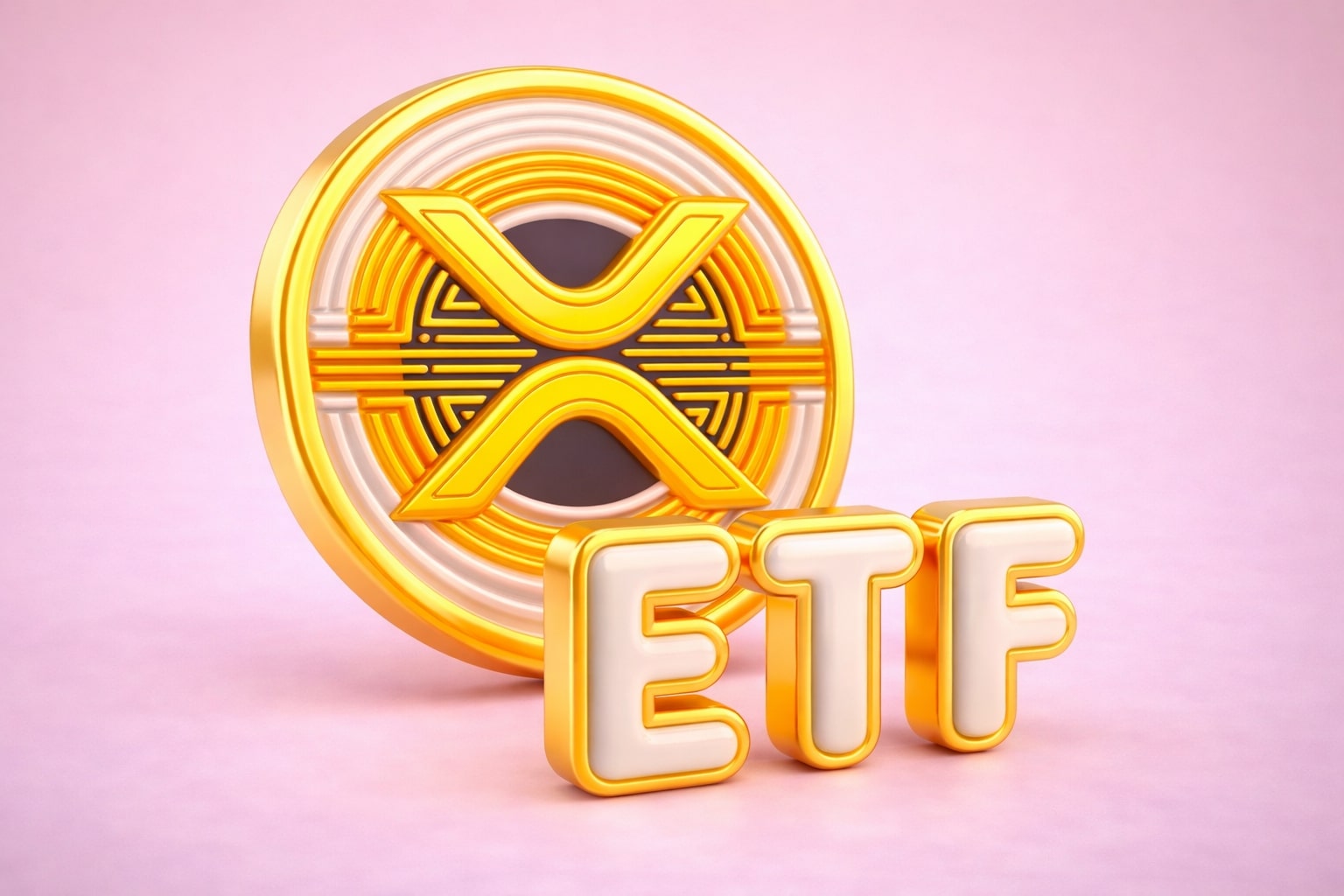
Solana Price Forecast – SOL-USD Collapses to $156 After ETF Shock: Can Bulls Defend $150 and Target $210 Next?
The Solana ETF launch turned into a market storm as $130M in leveraged longs vanished overnight | That's TradingNEWS
Solana (SOL-USD) Plunges 20% to $156 as ETF Launch Triggers Derivative Meltdown
Solana (SOL-USD) tumbled nearly 20%, trading around $156, after the long-awaited U.S. spot Solana ETF debut ignited an unexpected wave of leveraged liquidations. Instead of attracting stable institutional inflows, the ETF launch prompted intense speculative unwinding. During the 48 hours following approval, more than $130 million in leveraged long positions were liquidated across Binance, OKX, and Bybit. Open interest fell from $1.72 billion to $1.25 billion, a 27% contraction, confirming the market’s sharp deleveraging phase. The price slide echoes the post-ETF reactions previously seen in Bitcoin and Ethereum, where heavy anticipation turned into “sell-the-news” corrections.
ETF Impact and Market Structure Distortion
The first-day trading volume for the Solana ETF reached $820 million, roughly 40% below pre-launch expectations of $1.4 billion. Analysts tracking exchange-traded product flows observed that nearly 70% of trades originated from algorithmic arbitrage desks rather than long-term allocators, causing temporary dislocation between spot and futures prices. Funding rates on perpetual swaps flipped from +0.012% to –0.031%, a clear indication that short sellers took control of near-term direction. The result was an immediate 15% spot decline and a liquidation cascade that erased several weeks of pre-ETF gains.
On-Chain Stress: TVL and Staking Data Signal Liquidity Drain
Solana’s Total Value Locked (TVL) dropped from $5.12 billion to $4.18 billion over the week, down 18.3%, as DeFi participants pulled liquidity to stablecoins. Flagship protocols Marinade Finance, Raydium, and Jupiter Exchange reported outflows between 10–15% each, while overall staking participation eased from 71.9% to 69.8%. Despite the exodus, Solana still processes roughly 60 million transactions per day with an average fee below $0.00025, maintaining its technological edge as the highest-throughput L1 chain. Network uptime remained at 99.93%, suggesting the sell-off was speculative rather than structural.
Leadership Silence Amplifies Investor Anxiety
During the crash, traders and holders noted the absence of public commentary from Solana Foundation executives, including co-founder Anatoly Yakovenko. The lack of direct communication as SOL fell from $194 to $156 within 72 hours created an information vacuum. Without guidance on ETF inflow projections or network fundamentals, social media sentiment turned sharply negative. Historically, assets with strong community transparency—such as Ethereum during 2022’s merge turbulence—recovered faster, suggesting Solana’s next stabilization may depend on proactive leadership messaging to restore trust.
Derivative Dynamics: Institutional Deleveraging and Risk Repricing
Prior to the ETF’s debut, Solana futures open interest had surged 42% month-over-month, peaking at $1.72 billion—levels last seen in late 2021. After the crash, that figure compressed by over $470 million as institutional desks such as Jump Crypto and A16Z Trading unwound leveraged exposure. The futures-to-spot volume ratio climbed to 64%, showing derivatives dominance in price discovery. Options implied volatility rose 32% week-over-week to 97.1, while delta skew flipped to negative territory, confirming traders’ preference for downside hedges.
Historical Parallels: ETF Launch Volatility Patterns
Solana’s ETF reaction mirrors the 17% decline in Bitcoin following its January 2024 spot ETF and the 12% slide in Ethereum post-May 2025 approval. In both cases, early-stage enthusiasm attracted over-leveraged traders before normalization set in. Solana’s volatility index (SOL-VOL) spiked to 96.7, its highest in six months. Statistically, similar volatility peaks have preceded medium-term recoveries within four to six weeks once leveraged funding resets. Analysts at several trading desks expect SOL to stabilize once prices reclaim the $175–$180 zone, with heavier resistance around $194–$195.
Technical Landscape: Support at $150, Recovery Pivot at $180
Technically, Solana’s medium-term uptrend remains fragile. The token broke below its ascending channel that originated in July, breaching key support near $162. The 200-day EMA at $150 forms the critical defensive zone. Failure to hold that level could invite deeper retracement toward $138, the 50% Fibonacci retracement of the April-October rally. Momentum indicators point to oversold conditions: RSI 41, MACD crossover bearish but flattening, and ADX 48, confirming trend exhaustion. Bulls need a decisive daily close above $180 to re-establish directional control.
Institutional and Fund Flow Dynamics
Despite the correction, institutional participation remains notable. U.S. OTC desks report selective accumulation, while European ETPs linked to Solana saw $48 million of net inflows for the week—contrasting with heavy outflows from retail exchanges. Whale wallets holding over 100k SOL collectively reduced balances by roughly $270 million, but new staking contracts partially offset selling pressure. Average network staking yield stands at 7.2%, keeping yield-driven capital anchored even as speculative flows unwind.
Macro and Liquidity Environment: U.S. Yields and Crypto Beta Pressure
Rising U.S. Treasury yields, with the 10-year benchmark at 4.14%, tightened global liquidity and indirectly pressured risk assets including crypto majors. The U.S. Dollar Index (DXY 100.24) rebounded to a 3-month high, reducing appetite for high-beta tokens. Concurrently, total crypto market liquidity fell 6.5% week-on-week, according to Kaiko data, reinforcing Solana’s vulnerability to broad-based de-risking. Yet macro traders note that once yields stabilize, capital rotation into oversold high-throughput chains like Solana typically follows.
Read More
-
FDVV ETF: $57.09 Dividend Grower Riding AI And Big-Cap Cash Flows
24.12.2025 · TradingNEWS ArchiveStocks
-
XRP ETF: XRPI at $10.70 and XRPR at $15.19 Ride $1.13B Inflows as XRP-USD Holds $1.85
24.12.2025 · TradingNEWS ArchiveCrypto
-
Natural Gas Price Forecast: NG=F Holds Around $4 as Record LNG Feedgas Anchors Winter Range
24.12.2025 · TradingNEWS ArchiveCommodities
-
USD/JPY Price Forecast - USDJPY=X Retreats to 155.80 After 157.77 High as BoJ–Fed Divergence Tests Bulls
24.12.2025 · TradingNEWS ArchiveForex
Investor Psychology and Sentiment Shift
Retail sentiment, measured via social activity metrics, collapsed 35% across major Solana forums, while funding activity on decentralized exchanges fell 22%. However, the share of long-term holders (wallets dormant > 1 year) remains at 46.8%, near an all-time high, implying that core conviction holders are not capitulating. This behavioral bifurcation—short-term panic vs. long-term confidence—often marks cyclical bottoms in crypto assets with strong ecosystem fundamentals.
Outlook and Strategic View: Correction or Repricing Opportunity?
From a structural standpoint, Solana’s network fundamentals remain intact, while valuation metrics have compressed to historically attractive levels. At $156, Solana’s fully diluted market capitalization stands near $74 billion, implying a transaction-to-market-cap ratio 40% below its Q2 average. Analysts see room for medium-term recovery toward $210–$220 if ETF flows stabilize and risk sentiment improves. Conversely, a daily close below $150 would invalidate bullish setups and reopen the $130–$135 range.
Verdict: Cautious Buy – SOL-USD Offers Tactical Opportunity Above $150 Support
After a 20% post-ETF correction, Solana (SOL-USD) trades at levels historically associated with accumulation. Technical exhaustion, rising institutional interest in staking products, and a resilient transaction backbone suggest the current sell-off reflects leverage unwinding more than fundamental decay. Traders seeking asymmetric upside may view dips toward $150 as a tactical entry point, with a recovery target at $195 and extended resistance near $210. Until ETF inflows and volatility normalize, bias remains Cautiously Bullish—Buy the Dip Above $150, target $195–$210.

















